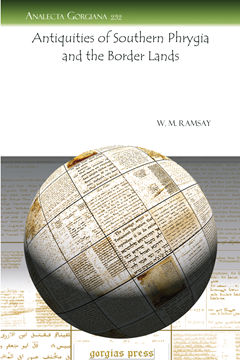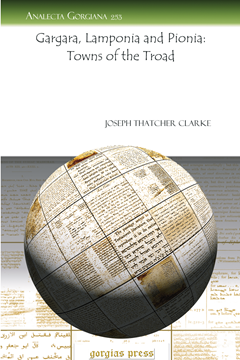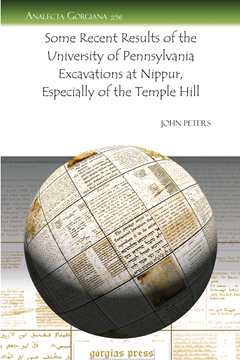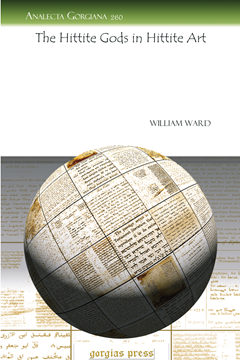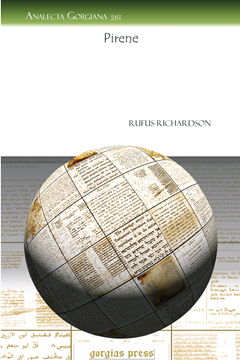Antiquities of Southern Phrygia and the Border Lands
By W. M. Ramsay
Series: Analecta Gorgiana 252
ISBN: 978-1-60724-481-3
Survey of finds and literary sources documenting the cities of imperial Roman Phrygia's borderlands.
$46.00 (USD) $27.60 (USD)
Gargara, Lamponia and Pionia: Towns of the Troad
Series: Analecta Gorgiana 253
ISBN: 978-1-60724-482-0
In the tradition of Schliemann's search for Troy, Clarke uses literary and topographic data to suggest site locations for the ancient cities of Gargara, Lampascus, and Pionia in the Troad.
$36.00 (USD) $21.60 (USD)
The Chorus in Later Greek Drama with Reference to the Stage Question
By Edward Capps
Series: Analecta Gorgiana 254
ISBN: 978-1-60724-483-7
Edward Capps addresses the problem of the movement of the dramatic chorus from its position in the orchestra during the 5th century BC to its elevated position above the actors in Vitruvius.
$39.00 (USD) $23.40 (USD)
Notes on Byzantine Art and Culture in Italy and Especially in Rome
Series: Analecta Gorgiana 255
ISBN: 978-1-60724-484-4
A. J. Frothingham discusses Byzantine influences in the art and architecture of medieval Rome, bringing to light the influence of Byzantium on Italy beyond the fall of the Western empire.
$44.00 (USD) $26.40 (USD)
Some Recent Results of the University of Pennsylvania Excavations at Nippur, Especially of the Templ
By John Peters
Series: Analecta Gorgiana 256
ISBN: 978-1-60724-485-1
The site report for the University of Pennsylvania's excavation of Nippur in Iraq. The detailed excavation report includes photographs, diagrams, and topographical map.
$50.00 (USD) $30.00 (USD)
Andokides
Series: Analecta Gorgiana 257
ISBN: 978-1-60724-486-8
A discussion of the works and school of Andokides, a famous Greek vase-painter of the 6th century active in the transitional period from black to red figure decoration.
$39.00 (USD) $23.40 (USD)
The epigraphic sources of the writings of Gaius Suetonius Tranquillus
Series: Analecta Gorgiana 258
ISBN: 978-1-60724-487-5
In this dissertation Dennison links the text of Suetonius to surviving epigraphical texts. This piece includes texts and commentaries and is an invaluable article for any study of Suetonius, particularly in a classroom setting.
$40.00 (USD) $24.00 (USD)
Athena Polias on the Acropolis of Athens
Series: Analecta Gorgiana 259
ISBN: 978-1-60724-488-2
In this article Cooley argues that the location of the rebuilt temple of Athena Polias was separate from the Erechtheion, and provides a table of literary citations concerning the temple and its precint.
$45.00 (USD) $27.00 (USD)
The Hittite Gods in Hittite Art
By William Ward
Series: Analecta Gorgiana 260
ISBN: 978-1-60724-489-9
In this article, the famous Assyriologist William Ward discusses the gods of the Hittites as the appear in in art as well as foreign deities who commonly appear alongside them.
$39.00 (USD) $23.40 (USD)
Pirene
Series: Analecta Gorgiana 261
ISBN: 978-1-60724-490-5
Rufus B. Richardson, the director of the American School of Classical Studies in Athens at the time of this paper, publishes the discovery of the fountain of Pirene in Corinth.
$38.00 (USD) $22.80 (USD)
